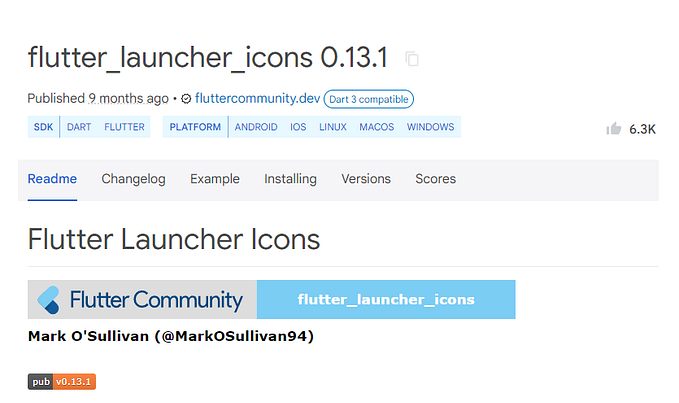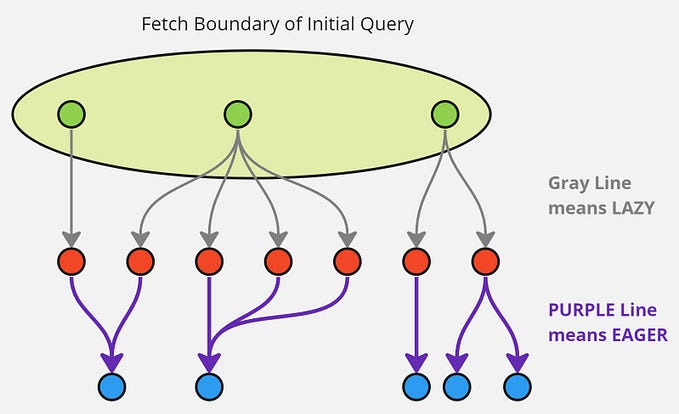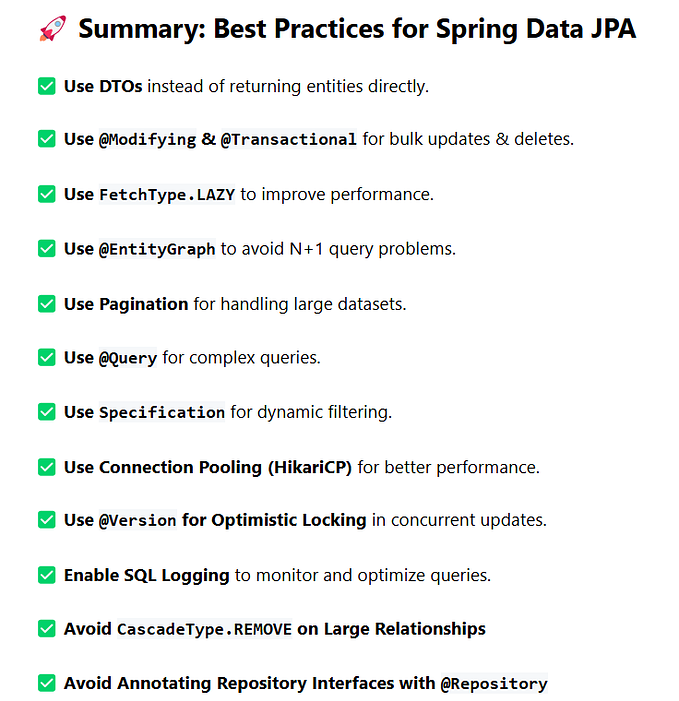Mastering Entity Persistence: Forcing Saves in Spring Boot Transactional Methods with Hibernate JPA
Introduction
In the world of enterprise Java development, Spring Boot, coupled with Hibernate JPA, offers a robust framework for building scalable and maintainable applications. However, developers often encounter scenarios where they need to force an entity save within a transactional method. This blog post delves into the intricacies of this process, providing you with practical solutions and best practices.
Understanding Transactional Methods in Spring Boot
Before we dive into forcing entity saves, let’s refresh our understanding of transactional methods in Spring Boot.
What are Transactional Methods?
Transactional methods in Spring Boot are methods annotated with @Transactional. This annotation ensures that all database operations within the method are executed as a single, atomic unit of work.
@Transactional
public void updateUser(User user) {
// Database operations here
}The Challenge with Entity Saves
In a transactional context, Hibernate typically defers actual database operations until the transaction commits. This behavior, while optimizing performance, can sometimes lead to unexpected results when you need immediate persistence.
Techniques to Force Entity Saves
Let’s explore several techniques to force entity saves within transactional methods.
1. Using EntityManager.flush()
The most straightforward way to force an immediate save is by using the EntityManager.flush() method.
@Autowired
private EntityManager entityManager;
@Transactional
public void forceUserSave(User user) {
entityManager.persist(user);
entityManager.flush();
}2. Leveraging Session.flush()
If you’re using Hibernate’s Session directly, you can achieve the same result:
@Autowired
private SessionFactory sessionFactory;
@Transactional
public void forceUserSave(User user) {
Session session = sessionFactory.getCurrentSession();
session.save(user);
session.flush();
}3. Using JpaRepository’s saveAndFlush() Method
Spring Data JPA provides a convenient saveAndFlush() method:
@Autowired
private UserRepository userRepository;
@Transactional
public void forceUserSave(User user) {
userRepository.saveAndFlush(user);
}4. Implementing Flush Mode ALWAYS
You can configure Hibernate to flush the session after every operation:
@Bean
public JpaProperties jpaProperties() {
JpaProperties properties = new JpaProperties();
properties.setProperties(new HashMap<String, String>() {{
put("hibernate.flushMode", "ALWAYS");
}});
return properties;
}Best Practices and Considerations
While forcing entity saves can be necessary, it’s important to use these techniques judiciously. Consider the following best practices:
- Performance Impact: Frequent flushing can impact performance. Use it only when necessary.
- Transaction Boundaries: Ensure that forced saves don’t violate transaction boundaries or business logic.
- Cascading Effects: Be aware of cascading effects on related entities when forcing saves.
- Testing: Thoroughly test your application to ensure forced saves behave as expected across different scenarios.
Implementing a Robust Force Save Strategy
Let’s implement a comprehensive strategy that combines these techniques:
@Service
public class UserService {
@Autowired
private UserRepository userRepository;
@Autowired
private EntityManager entityManager;
@Transactional
public User createUserWithImmediatePersistence(User user) {
// Initial save
User savedUser = userRepository.save(user);
// Force the save
entityManager.flush();
// Perform additional operations if needed
savedUser.setLastUpdated(LocalDateTime.now());
// Return the persisted entity
return userRepository.saveAndFlush(savedUser);
}
}This implementation ensures that the user entity is immediately persisted, allows for additional operations, and returns the final persisted state.
Conclusion
Forcing entity saves in Spring Boot’s transactional methods with Hibernate JPA is a powerful technique when immediate persistence is crucial. By understanding the various approaches — from using EntityManager.flush() to leveraging Spring Data JPA's saveAndFlush() method – developers can ensure their applications behave predictably and efficiently.
Remember, while these techniques provide solutions for immediate persistence, they should be used thoughtfully, considering performance implications and maintaining the integrity of your transaction management strategy.
FAQs
- Q: When should I force an entity save in a transactional method? A: Force saves are useful when you need to ensure an entity is persisted before performing subsequent operations that depend on its persisted state.
- Q: Does forcing a save affect the transaction’s atomicity? A: No, forcing a save doesn’t commit the transaction. The transaction can still be rolled back if an error occurs later.
- Q: Can forcing saves impact performance? A: Yes, frequent forced saves can impact performance due to increased database interactions. Use them judiciously.
- Q: How does forcing saves interact with Hibernate’s first-level cache? A: Forced saves ensure that the entity state in the database matches the in-memory state, maintaining consistency with the first-level cache.
- Q: Are there alternatives to forcing saves for ensuring immediate persistence? A: Yes, alternatives include using separate transactions for critical saves or adjusting the flush mode of your Hibernate session.








